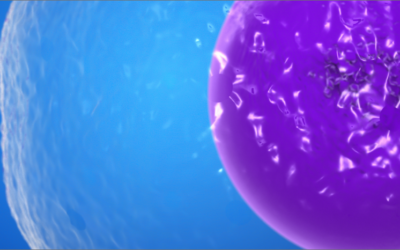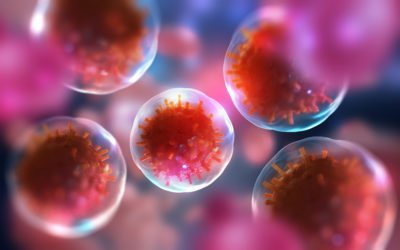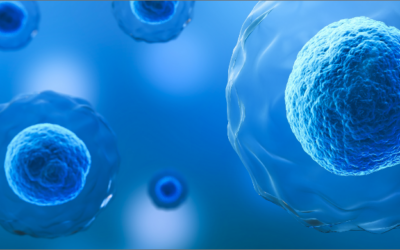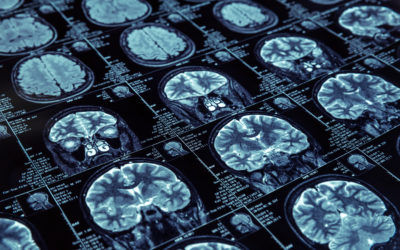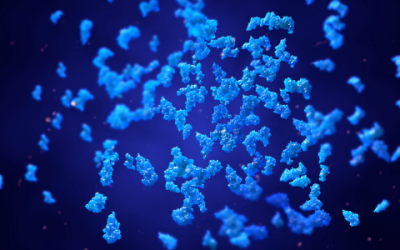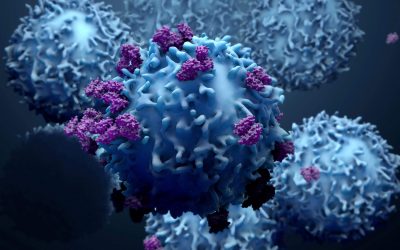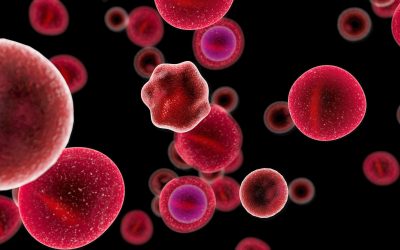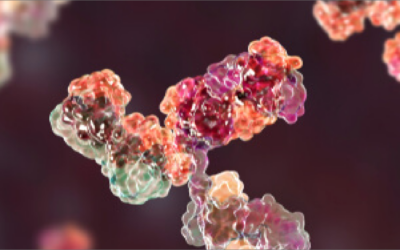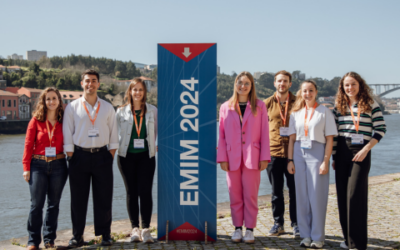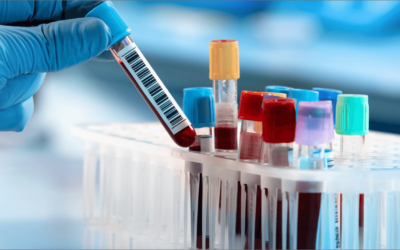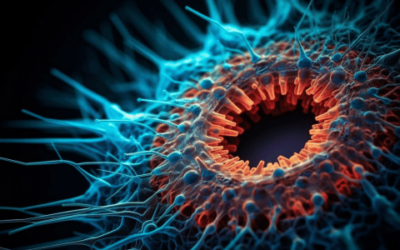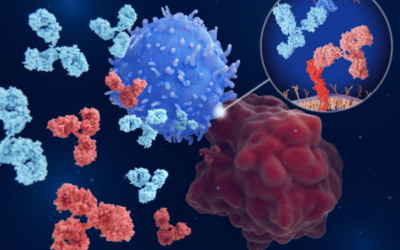news & events
Poster presentations during the EMIM 2025
During the annual European Molecular Imaging Meeting (EMIM) in Bilbao, seven researchers of the Immune-Image consortium presented their promising research during the poster presentations. In this article, we will give a brief summary of each...
Generation of chimeric antigen receptor T cells targeting p95HER2 in solid tumors
PAPER Introduction The redirection of T lymphocytes against tumor-associated or tumor-specific antigens, using bispecific antibodies or chimeric antigen receptors (CAR), has shown therapeutic success against certain hematological malignancies. However, this strategy...
Imaging of tumor-associated macrophage dynamics during immunotherapy using a CD163-specific nanobody-based immunotracer
JOURNAL ARTICLE ABSTRACT Immunotherapies have emerged as an effective treatment option for immune-related diseases, such as cancer and inflammatory diseases. However, variations in patient responsiveness limit the broad applicability and success of these...
Specific imaging of CD8 + T-Cell dynamics with a nanobody radiotracer against human CD8β
PAPER Purpose While immunotherapy has revolutionized the oncology field, variations in therapy responsiveness limit the broad applicability of these therapies. Diagnostic imaging of immune cell, and specifically CD8+ T cell, dynamics could allow early patient...
Interview Nick Devoogdt about the progress within his work package
We interviewed Nick Devoogdt, Professor at Vrije Universiteit Brussel (VUB) and work package leader within Immune-Image, about the recent progress within his work package and the key areas he and his team are concentrating on until the end of the project. He also...
Update from our newly established patient panel
To align Immune-Image procedures with patient needs, a patient panel was set-up based on the preferred design by patients. The patient panel consists of eight individuals, and is divided into an oncology and an inflammatory disease taskforce. More information about...
Interview Lygature: Progress on data storage and analysis enablement
interview Introduction In our latest interview, we had the opportunity to speak with Jan-Willem Boiten, the leader of Work Package 2 (WP2) in the Immune-Image project. Jan-Willem shared exciting insights into the progress and future plans of his work package,...
In-depth cross-validation of human and mouse CD4-specific minibodies for noninvasive PET imaging
JOURNAL ARTICLE Abstract: In-depth cross-validation of human and mouse CD4-specific minibodies for noninvasive PET imaging of CD4+ cells and response prediction to cancer immunotherapy Increasing evidence emphasizes the pivotal role of CD4+ T cells in orchestrating...
Anne van der Waaij “The main goal of the research was to see where vedolizumab goes in the body and which cells it affects”
WE INTERVIEWED ANNE ABOUT HER PUBLISHED PAPER What was the goal of your research? Choosing the right treatment like vedolizumab for patients with Inflammatory bowel disease (IBD) is very important. To do this well, we need to understand how these drugs work. The main...
Navigating the landscape of PD-1/PD-L1 imaging tracers: from challenges to opportunities
PAPER Introduction Immunotherapy targeted to immune checkpoint inhibitors, such as the program cell death receptor (PD-1) and its ligand (PD-L1), has revolutionized cancer treatment. However, it is now well-known that PD-1/PD-L1 immunotherapy response is inconsistent...
Fluorescently labelled vedolizumab to visualise drug distribution and mucosal target cells in inflammatory bowel disease
ABSTRACT Objective Improving patient selection and development of biological therapies such as vedolizumab in IBD requires a thorough understanding of the mechanism of action and target binding, thereby providing individualised treatment strategies. We aimed to...
evidence from biopsy-proven target-negative tumours using 89Zr-immuno-PET
Abstract Background Distribution of mAbs into tumour tissue may occur via different processes contributing differently to the 89Zr-mAb uptake on PET. Target-specific binding in tumours is of main interest; however, non-specific irreversible uptake may also be present,...
89Zr-Immuno-PET with Immune Checkpoint Inhibitors: Measuring Target Engagement in Healthy Organs
Introduction 89Zr-immuno-PET (positron emission tomography with zirconium-89-labeled monoclonal antibodies ([89Zr]Zr-mAbs)) can be used to study the biodistribution of mAbs targeting the immune system. The measured uptake consists of target-specific and non-specific...
Poster presentations during the EMIM 2024 in Porto
During the annual European Molecular Imaging Meeting (EMIM) in Porto, nine researchers of the Immune-Image consortium presented their promising research during the poster presentations. In this article, we will give a brief summary of each presentation. Identification...
How to obtain the image‑derived blood concentration from 89Zr‑immuno‑PET scans
ABSTRACT Background PET scans using zirconium-89 labelled monoclonal antibodies (89Zr-mAbs), known as 89Zr-immuno-PET, are made to measure uptake in tumour and organ tissue. Uptake is related to the supply of 89Zr-mAbs in the blood. Measuring activity concentrations...
An Immune-Image roundtable discussion: How can we improve an patient journey?
The Immune-Image project develops methods for visualizing the immune response before, during and after immunotherapy by means of whole-body PET imaging/immune cell imaging. This provides a supportive approach for the improvement of immunotherapies and personalised...
Unveiling the potential of a macrophage-targeted PET tracer: A first-in-human study
Introduction The human immune system contains a complex network of cells and organs, each with their own unique functions. Within this intricate tapestry, macrophages play an indispensable role займ без проверки кредитной истории. These immune cells are involved in a...
The Immune-Image patient panel
Managing expectations: an insight in the perspective of patients, patient advocates and caregivers on the ideal setup of the Immune-Image patient panel Adding an extra perspective: the patients One important aspect of large European consortia projects such as...
Checkpoint inhibitors and their role in the Immune-Image project
The immune system is our body's natural defense mechanism against diseases, including cancer. It has evolved to recognize and eliminate abnormal cells before they can cause harm. However, cancer cells often find ways to evade the immune system's attacks, allowing them...
Optical Imaging in relation to the Immune-Image Project
The Immune-Image project is a cutting-edge research effort that aims to develop innovative imaging techniques for visualizing immune responses in vivo. The project utilizes a variety of imaging modalities, including PET, MRI, and optical imaging, to gain insights into...

